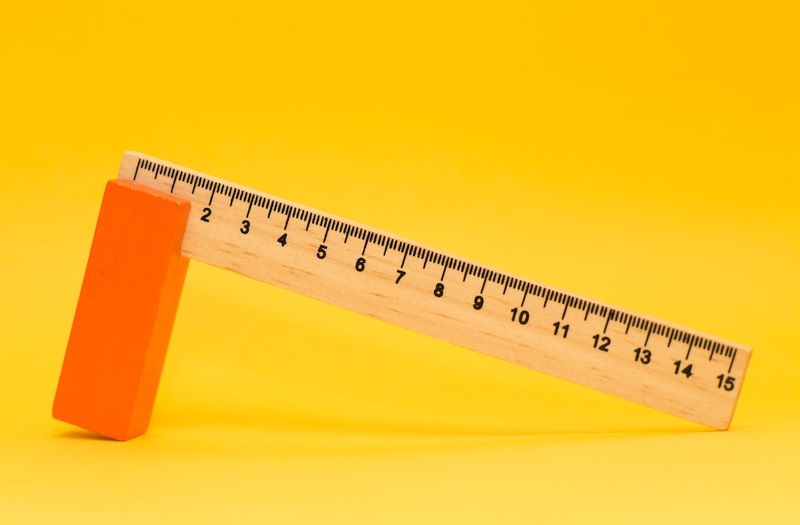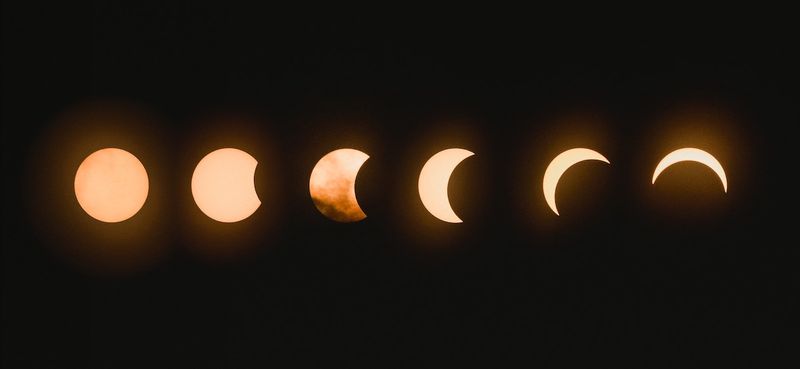There's a hundred and four days of summer vacation, and I hope you found a good way to spend it. That's right: summer is over, Perry the Platypus is missing, and I'm Taylor who runs Hedgehog. Not to be confused with a literal sanctuary for hedgehogs — well, unless the team counts (they do 💖).
Hedgehog is a crypto portfolio manager, so you can see all your coins in one place and decide what you want to do next. Sync your exchange accounts and wallet addresses, then you're good to go. No hedgehogs were harmed in the making of this software 🦔🦔
In every newsletter there's a giveaway. One lucky reader wins a Ledger Nano S hardware wallet to secure their crypto. Answer my question at the end of the email and you'll be entered in the drawing to win! May the odds be ever in your favor. Bonus, you are not required to fight any teenagers to the death, so it's a better deal than Hunger Games.
Last week I asked how your week had gone. It was a mixed bag — some of you are feeling beat down and worn out, some were buying NFTickets for the next SnoopDogg concert, and another guy attended Motley Crue and Def Leppard concerts. Rad. Pour some sugar on D-O-Double-G for me. I hope September treats all of you right, my friends!
Back to basics, because newfangled internet money is only possible because very smart people invented fundamental blockchain tech, and it's super cool: What are gas fees? Why are gas fees? Programmer Yusuf Ibrahim breaks it down:
You can think of gas as the transaction fee that needs to be paid in order to get a transaction processed on a blockchain network. And by "transaction," we don't just mean sending crypto to a friend.
Gas is required for pretty much everything you can do on a blockchain that modifies the blockchain's state (i.e. needs to be recorded on the blockchain), whether it be publishing a new smart contract or minting a non-fungible token (NFT).
So imagine you're making a baby dragon NFT, because dragons are awesome.
The gas fee you pay in order to get your transaction processed is used to compensate miners (individuals and organizations that provide the computing power needed to validate blockchain transactions) for the computing power they provide. The amount of gas you need for a transaction is proportional to the computational effort required to process the transaction.
The amount of crystals you feed to the baby dragon is proportional to the amount of fire you want it to breathe.
And on most blockchains, including Ethereum, Avalanche, and Ripple, at least a portion of the tokens used as gas are destroyed. This is why gas exists in the first place, to make it prohibitively expensive for malicious actors to overload a network.
But definitely make sure you keep an eye on the baby dragon or it'll burn down your garage.
Read the full blog post to learn more, including price dynamics and what you can do to avoid getting hit with a giant gas fee. Also, it's just neat how this stuff works!
Tldr: Gas is to the blockchain like crystals are to baby dragons. It’s pretty simple.
Remember Terra? Remember how that whole situation imploded a couple months ago in May, blew up a chunk of the industry, and a bunch of people lost money?
Not every stablecoin lives up to its name… but a group of volunteers is hoping that Terra can be brought back to its former glory. Ryan talked to this plucky band, and he reports back:
Sure, it's great that these guys grouped together to help fix Terra, but why bother? Why not put this manpower into an untarnished, already stable chain?
"It's about the principle, it's about the rest of the crypto market, it's about having new investors not be afraid," Vegas said. "I have a colleague of mine that lost £100,000 in Terra. You know what he did after that? He deleted all his accounts in crypto. He said 'I'm never going to invest in crypto again'. And, that hurts me."
I'm sure we all know of people who have been stung by a crypto crash and never returned. Or even people who have never got involved with the space because of FUD calling crypto a scam. When Terra fell, I had an influx of people who didn't know the second thing about crypto ask about what was going on. A crypto crash is more than just crypto news.
Terra community member Vegas told Ryan, "We didn't see the coin as dead. We saw it as an opportunity." He pointed out that Terra was already listed on big exchanges, something that would be out of reach for a new project. "We saw a coin that has a lot of technology," he explained. "We saw a coin that is a beautiful, beautiful coin, and that it can be revived."
Do they have a chance? Read all about it and decide for yourself!
Tldr: *sigh*
Quick Hits
Miscellaneous links for your perusal and enjoyment:
"On Ethereum developer experience"
Tldr: Code! We love code!
"Believability in Practice"
Tldr: No joke for this one, it's just an interesting read on credibility and rationally determining which people to trust and how seriously to take them. A great companion piece to "How to research a cryptocurrency: Your DYOR Checklist," incidentally.
"Tornado Cash Developer Pertsev Remanded For 90 Days"
Tldr: This feels like throwing the inventor of the laundromat into jail because people were using the machines to do laundry.
"Tether Will Not Preemptively Freeze Sanctioned Addresses"
Tldr: Uh…I didn’t realize that was being considered. So…thanks? I guess?
Do you feel edified? I sure hope so. Giveaway question of the week: Would you rather have a pet hedgehog or a baby dragon?
Professionally, the answer is obvious. Personally, I’ve always had a soft spot for Trogdor (minus the whole “Burninating the countryside” bits, of course).
Reply to this email with your answer to enter the Ledger Nano S giveaway.
Looking for Perry, maybe he's at the Snoop Dogg BBQ getting a hot dog toasted by the baby dragon. Tune in next week to find out…
— Taylor
To get future newsletters delivered straight to your inbox every week, sign up here! Or peruse past newsletters in the complete archive.






